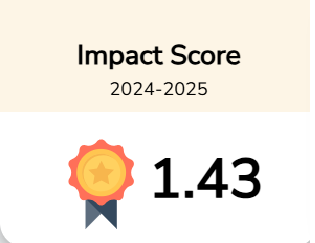Instructional materials availability and lecturers’ task performance in Nigerian universities
Downloads
Purpose: This study examined the effects of educational resource accessibility on lecturers' task performance in public universities in Cross River State, Nigeria. It also explored the possibility of developing instructional resources with culturally relevant information to support creative teaching methods.
Design/Methodology/Approach: The study used a survey research method with a sample of 577 lecturers or tutors selected randomly from various departments of local public universities. Data was collected through a questionnaire and analyzed using a one-way analysis of variance and Fisher's least significant difference (LSD).
Findings: The analysis of the data showed that lecturers' and instructors' performance in terms of teaching, research and community work is significantly impacted by the availability of educational resources.
Conclusion: The effectiveness of lecturers' tasks is proportional to the calibre of instructional materials provided by their institutions. Lecturers with high levels of instructional resource availability outperformed those with moderate or low levels of resource availability.
Research Limitations/Future Research: The current study was limited to the general influence of instructional materials’ availability on lecturers’ task performance. Future researchers should focus on identifying local content areas for improvement and student-lecturers’ collaboration in instructional resource design and fabrication.
Practical Implications: This study may serve as the impetus for university administrators to collaborate with sociologists, anthropologists and educational technologists in order to improve student-lecturer collaboration in the creation of culturally embedded instructional materials for better task performance from lecturers and increased student engagement in learning processes.
Contribution to the Literature: The findings of this study may provide literature for scholastic reviews and also become a policy -making tool for educational resource planners.





